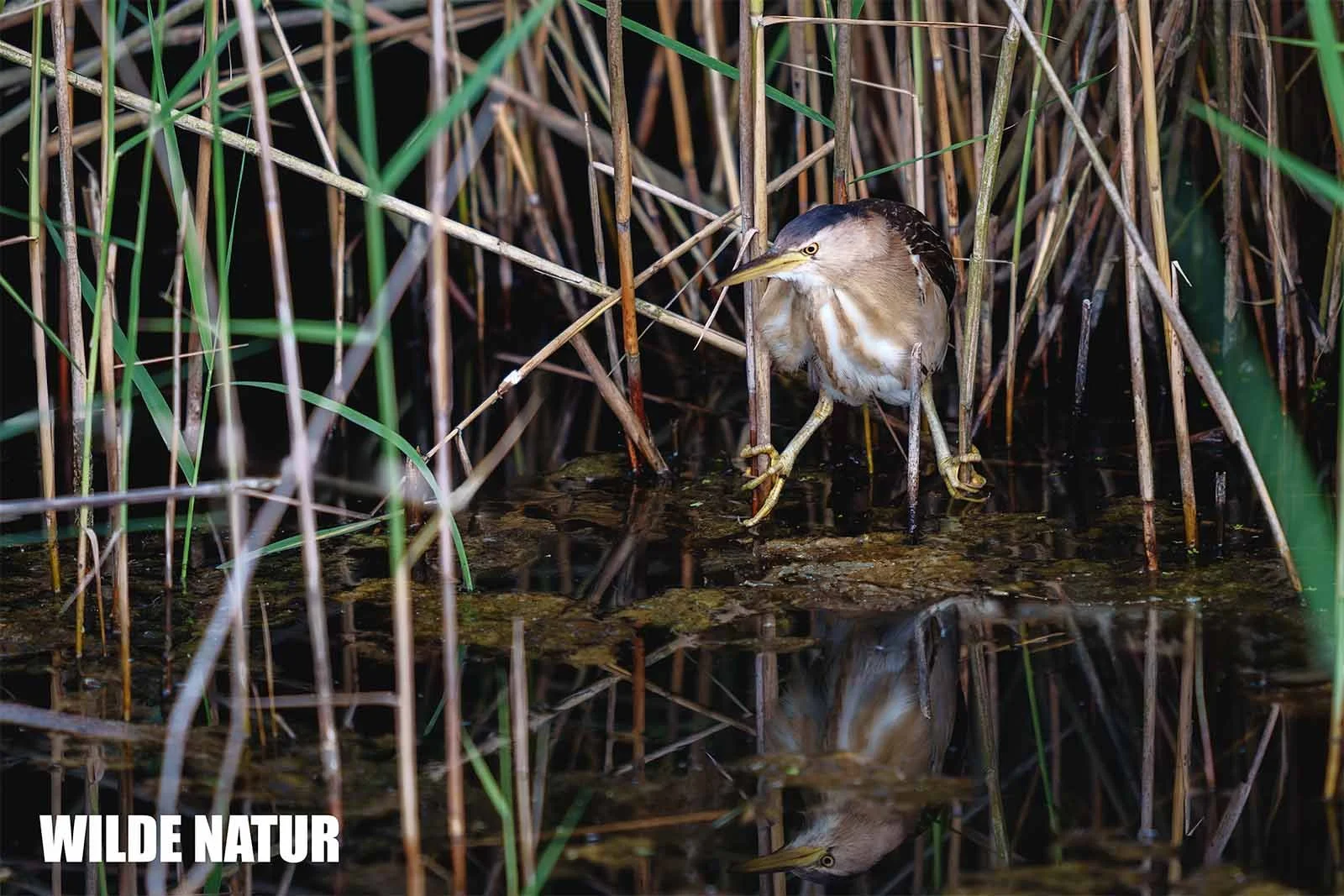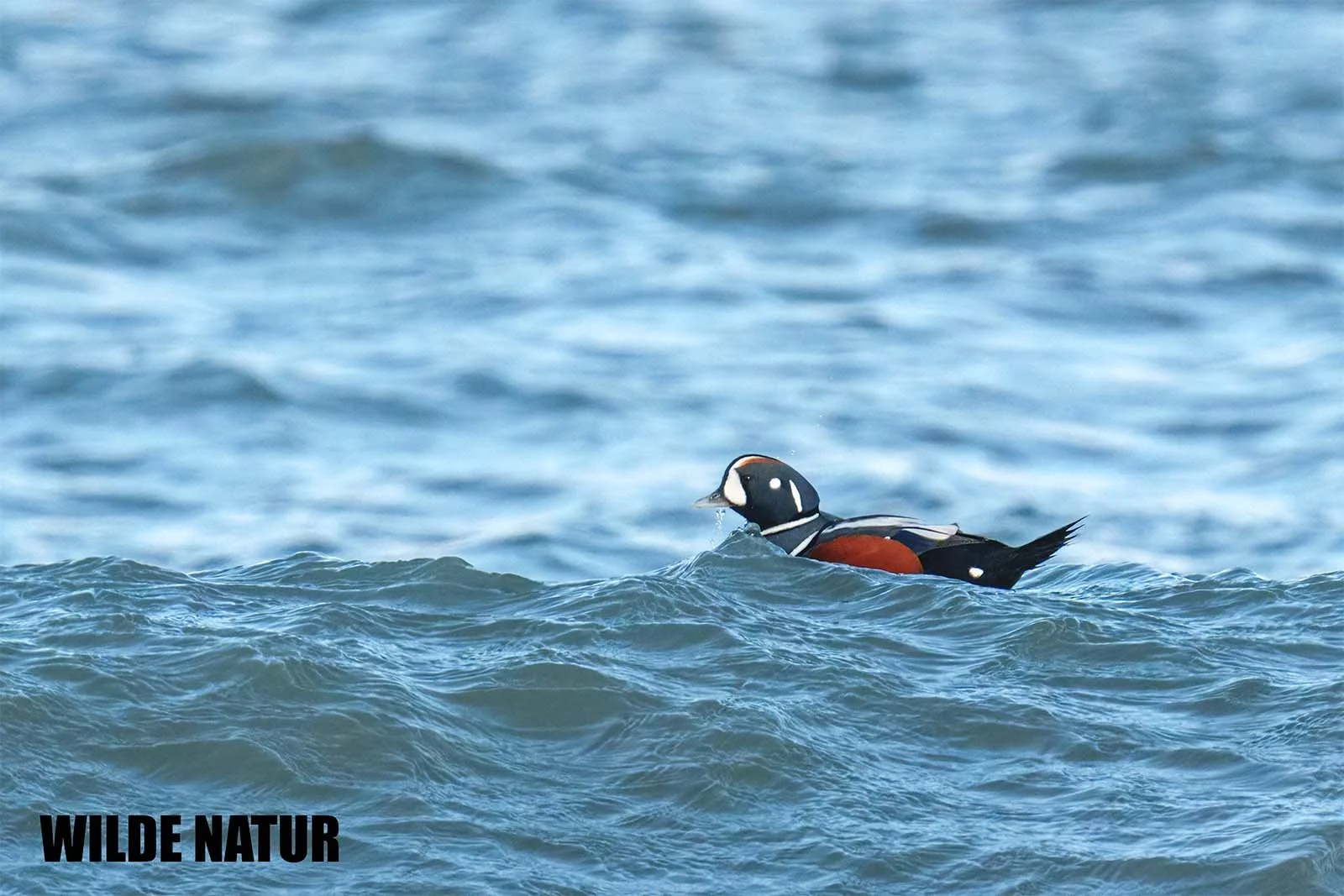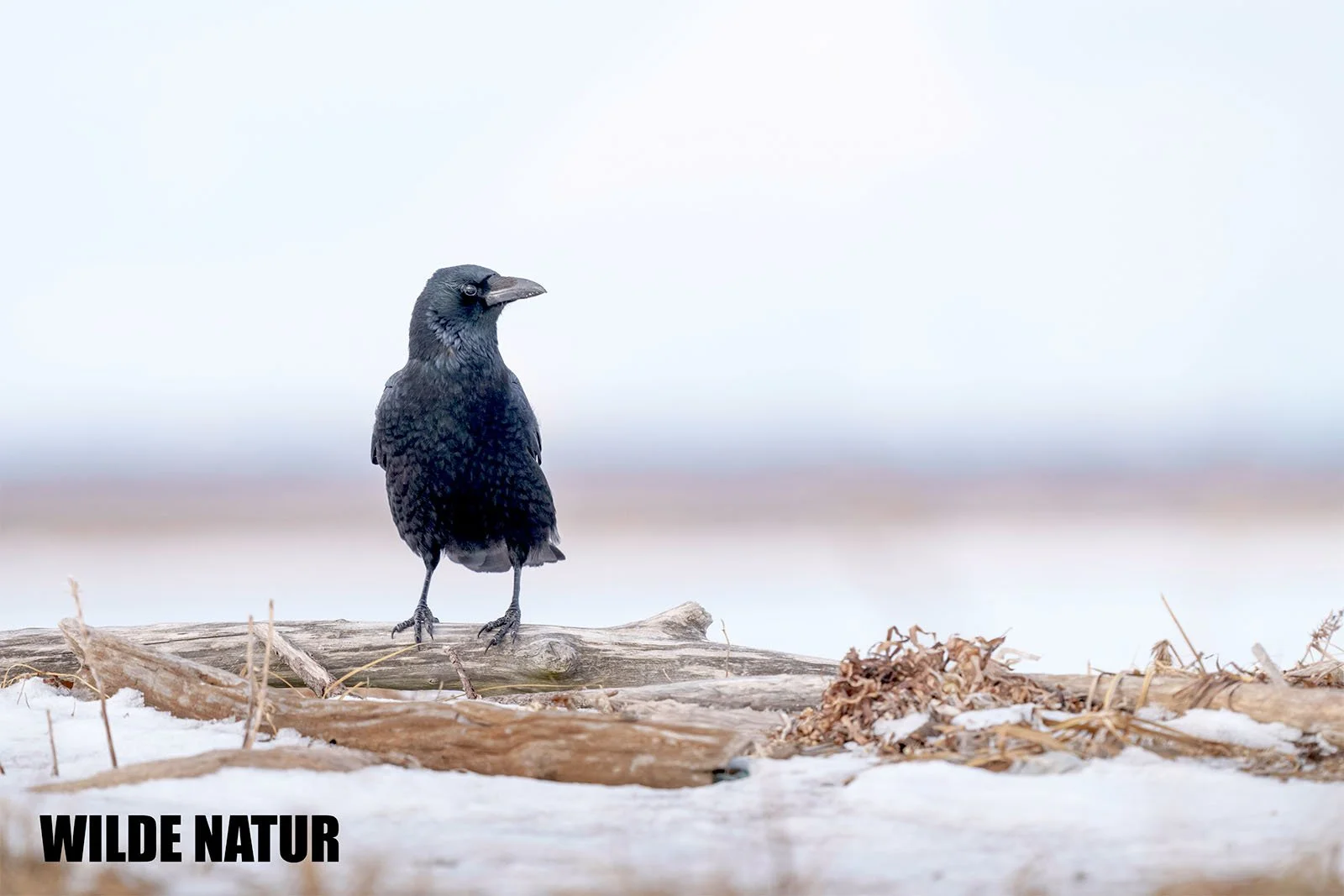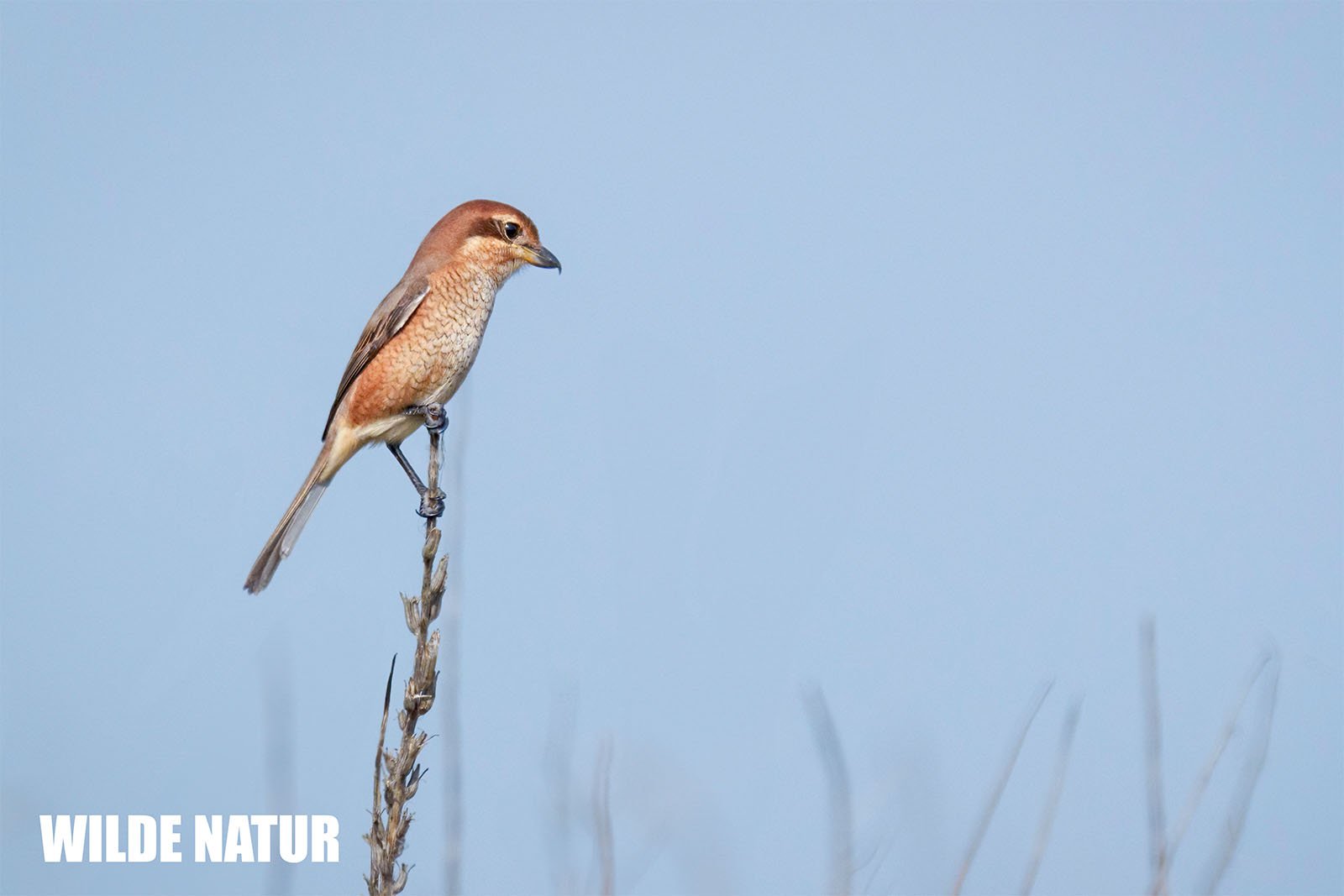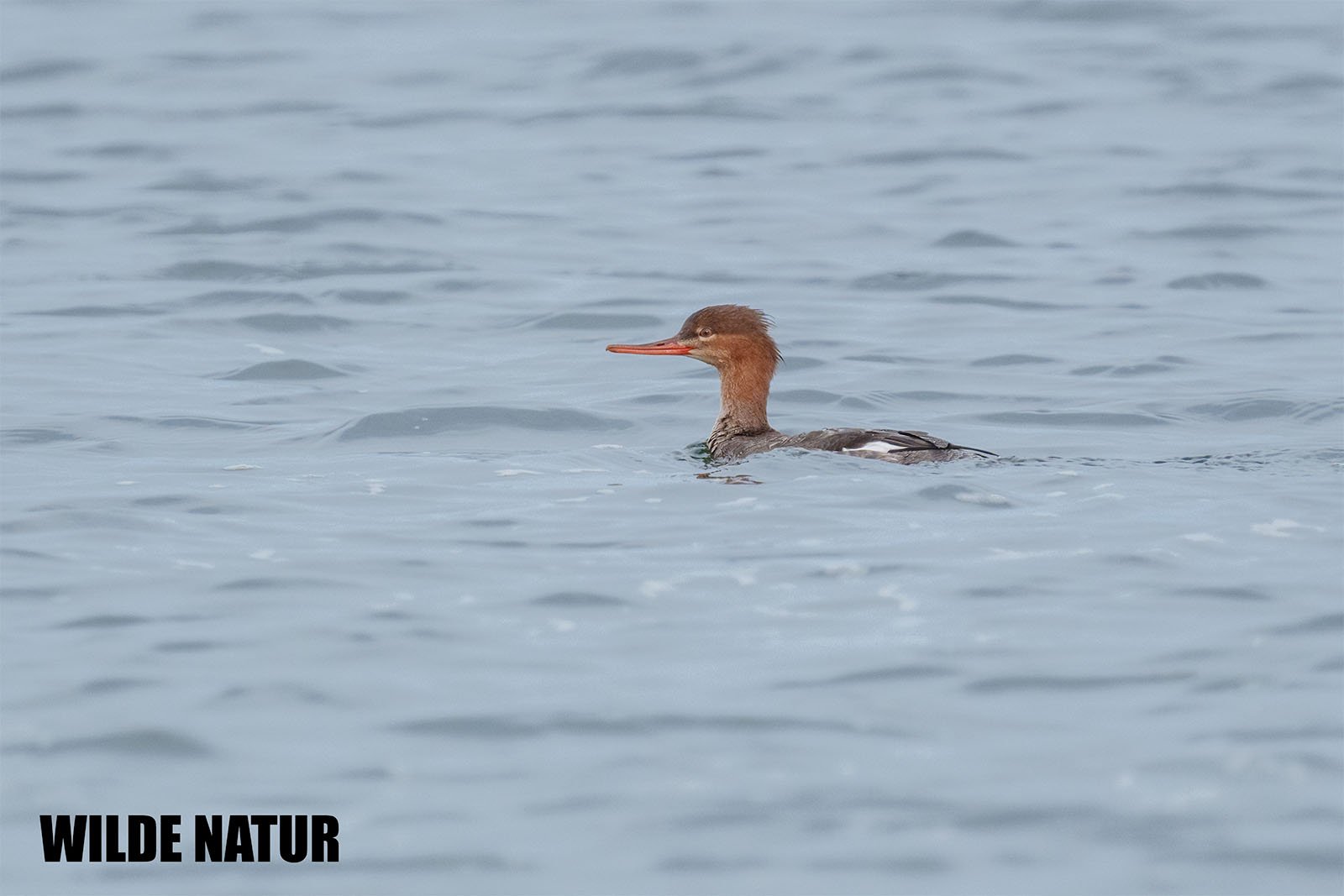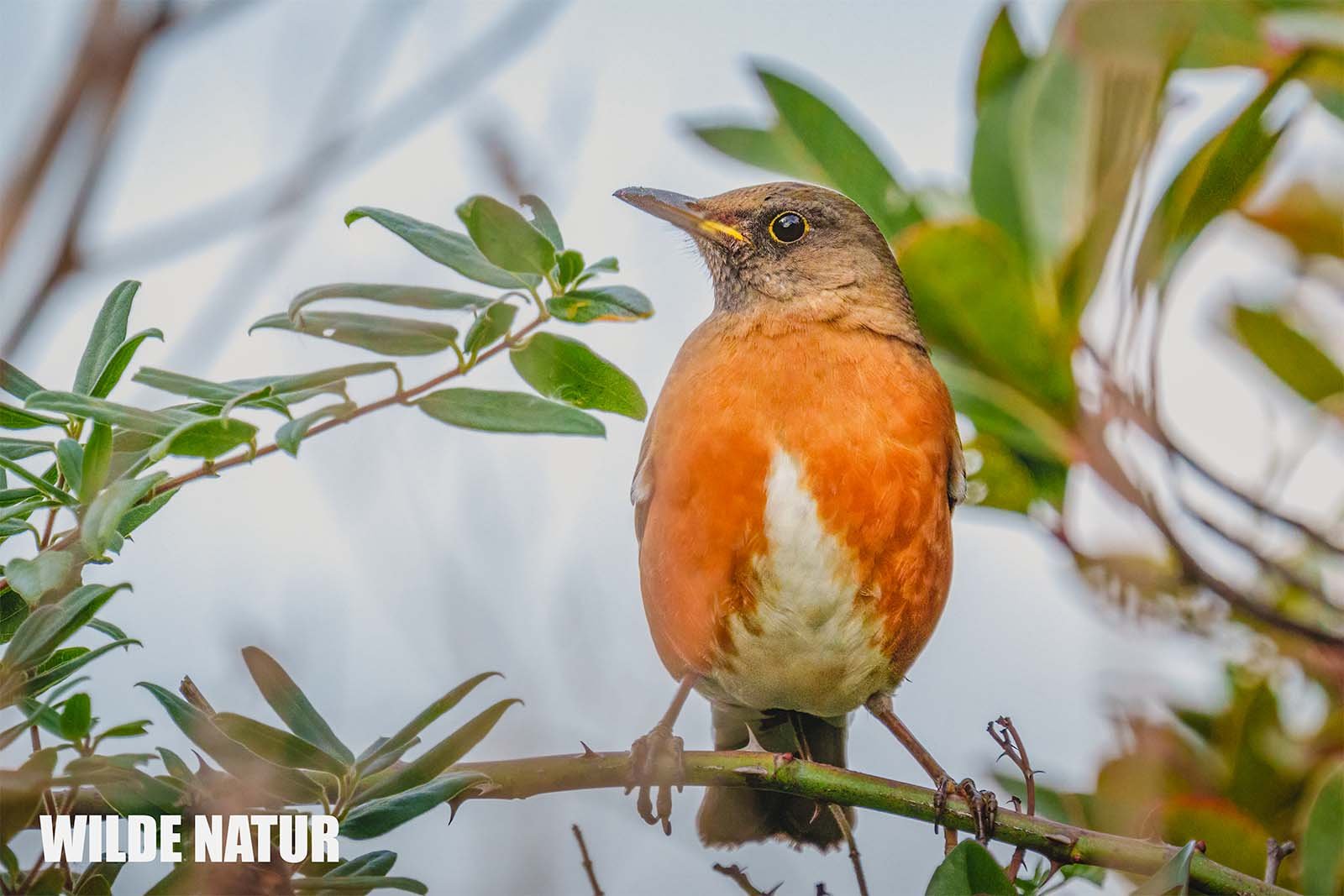Common scoter (Melanitta nigra)
Common scoter (Melanitta nigra)
Common Scoter - Seabird with Black Plumage
The Common Scoter (Melanitta nigra) is a black-feathered winter visitor to Japan's coasts. Learn all about its appearance, lifestyle, and distribution.
Shortlist - At a Glance
- Scientific Name: Melanitta nigra
- Common Name (English): Common Scoter
- Size: 45 - 50 cm
- Weight: 900 - 1,200 g
- Male: Black with a yellow beak
- Female: Brown, lighter cheeks
- Diet: Mussels, snails, crustaceans
- Breeding: Only in the north, not in Japan
- Migration Behavior: Winter visitor in Japan
- Habitat: Coasts, harbors, bays
- Population Status: Not endangered, but declining regionally
Table of Contents
- Introduction
- Appearance and Characteristics
- Habitat in Japan
- Diet and Diving Behavior
- Reproduction and Breeding Areas
- Migration Behavior
- Population and Conservation
- Descriptive Summary for the Visually Impaired
- FAQ - Frequently Asked Questions about the Common Scoter
Introduction
Black, shy, and strong: The Common Scoter appears almost invisible with its dark plumage - and that is exactly what makes it so fascinating. It loves the open sea, avoids land, and only appears in Japan in winter.
While other birds shiver, this one thrives in the cold. In bays and harbors, it shows off its diving skills.
Appearance and Characteristics
The Common Scoter is a medium-sized sea duck.
- Size: 45 to 50 centimeters - about the size of a skateboard
- Weight: up to 1.2 kilograms - about the weight of a large water bottle
The Male:
- Completely black
- A yellow patch on the beak, striking and bright
- Compact, strong body
The Female:
- Brown with slightly lighter cheeks
- More subdued, but just as well adapted to life on the water
Habitat in Japan
The Common Scoter is not a year-round visitor to Japan, but rather a winter visitor. From late autumn, it can be found at:
- Coastal waters
- Bays
- Harbors with calm waves
It tends to keep its distance and rarely swims near shore. It's best observed with binoculars - often in small groups.
Diet and Diving Behavior
The Common Scoter is an expert diver - and for good reason.
It finds its food exclusively underwater:
- Mussels
- Snails
- Small crabs and crustaceans
- Occasionally fish
With powerful swimming feet, it dives deep - and stays there for surprisingly long periods. It's agile, fast, and precise. While on the sea, it seems calm, but underwater, it's a pro.
Reproduction and Breeding Areas
In Japan, it doesn’t breed - the Common Scoter migrates north to breed.
- Breeding Areas: Subarctic and Arctic Eurasia
- Nests: On the ground, well hidden in shore vegetation
- Clutch Size: 6 - 9 eggs
- Breeding Season: Early summer
After summer, it migrates south to overwinter in milder climates like Japan.
Migration Behavior
The Common Scoter is a classic migratory bird.
Its pattern is clear:
- Summer: In the north, e.g., Russia, Scandinavia
- Winter: Along milder coasts - including Japan
- Retreat: Quiet, often at night
It is usually seen in Japan from autumn to spring - then it disappears back to its breeding areas.
Population and Conservation
Globally:
- Not endangered, stable population
Regionally: - Declines in some areas
- Main reasons:
- Loss of breeding habitats
- Marine pollution
- Disturbance from ships and tourism
In Japan, it is not uncommon, but not an everyday bird.
Descriptive Summary for the Visually Impaired
The Common Scoter is a strong, medium-sized sea duck. The male is deep black, as if covered in ink. Only a yellow patch on the beak stands out - like a light spot on a dark background.
The female is brown, with slightly lighter cheeks - soft, unobtrusive, and well camouflaged.
Both have a round head, short wings, and strong swimming feet. On the water, they appear calm, almost weightless - until they dive.
FAQ - Frequently Asked Questions about the Common Scoter
1. Is the Common Scoter native to Japan?
No, it is a winter visitor. Its breeding areas are far to the north.
2. Where can you see the Common Scoter most often?
At coasts, in harbors, or bays - usually in small groups.
3. What does the Common Scoter eat?
Mainly mussels, snails, crustaceans - everything that can be found on the seafloor.
4. How can you identify the male?
By its deep black plumage and a yellow patch on the beak.
5. Is it endangered?
Globally, no - not endangered. However, there are slight declines in some regions.




